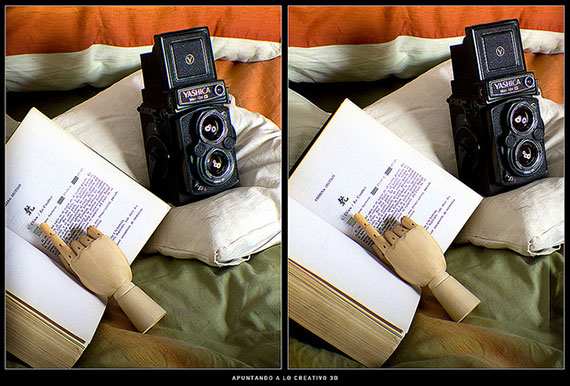A camera’s metering mode generally refers to the way the camera itself decides which is the correct exposure for a picture. A cameras metering system is the brains behind how your camera determines the shutter speed and aperture, based on lighting conditions and ISO speed. In-camera metering is standardized based on the luminance of light which would be reflected from an object appearing as middle gray.
Today, digital cameras users have the ability to choose and adjust the wide range of metering modes—or how the camera measures the brightness of the subject. Understanding these can improve one’s photographic intuition for how a camera measures light.
Here is a brief introduction to the most common metering modes available.

“Untitled” captured by Alexei Jurchenko
Spot Metering
Spot metering takes a reading from a very small part of the image and ignores the exposure of the rest of the scene.
- About 1 to 5 percent of the view finder area is measured.
- The readings are usually taken from very center of the scene.
- This method of metering is very accurate.
- Spot metering is usually used for very high contrast scenes.
Center-Weighted Average Metering
Here a metering is taken from the whole of the scene first, then the central spot an average reading is then calculated.

photo by Nathan Siemers
- 60 to 80 percent of the view finder area is measured.
- It is usually possible to adjust the weight/balance of the central portion to the peripheral one.
- It’s less influenced by small areas that vary greatly in brightness at the edges of the viewfinder. More consistent results can be obtained
Average Metering
- Light information comes from the entire scene and is averaged for the final exposure setting.
- There is no weighting to any particular portion of the metered area.
Partial Metering
This is most common in Canon cameras.
- 10 to 15 percent of the view finder area is measured.
- Partial metering is used when very bright or very dark areas on the edges of the frame would otherwise influence the metering unduly
Multi-Zone Metering
A type of metering first introduced by Nikon, Zone is a type of metering which takes readings from several different areas—or zones—within the scene to produce a calculated average.

photo by Felice Candilio
- It’s also called Evaluative/Matrix (Nikon), Evaluative (Canon). This is the default/standard metering setting on a number of cameras.
- Light intensity measures from several points in the scene, and then is combined to find the settings for the best exposure.
- The idea behind multi-zone metering is to reduce the need to use exposure compensation
About the Author:
Chas Demain writes for creativeslrphotography.com, a digital photography site.
Go to full article: Metering and Exposure: Introduction
What are your thoughts on this article? Join the discussion on Facebook or Google+
Article from: PictureCorrect